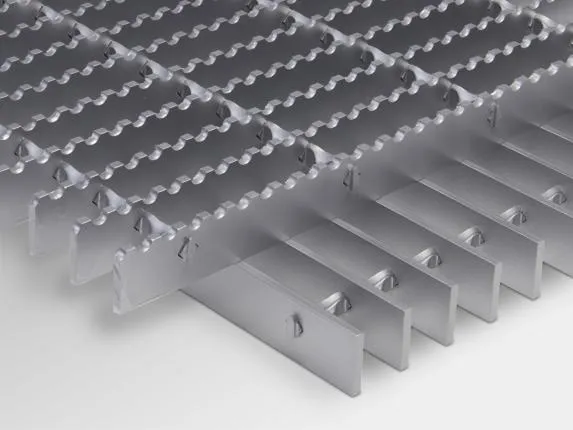- Industrial zone, South of Anping Town, Hengshui, Hebei, China.
- sales@hfpetromesh.com
- +86-18931809706
Durable Metal Walkway Gratings for Enhanced Safety and Stability in Various Applications
The Advantages of Metal Walkways and Gratings in Modern Infrastructure
In today's fast-paced industrial and commercial environments, safety and efficiency are paramount. One of the most effective solutions to meet these demands is the integration of metal walkways and gratings into various infrastructures. These structures not only enhance safety but also contribute to the overall functionality and aesthetic appeal of a space.
Durability and Strength
Metal walkways and gratings are renowned for their durability. Constructed from materials such as steel, aluminum, or galvanized steel, these systems can withstand heavy loads and resist impacts better than their wooden or plastic counterparts. This strength makes them ideal for demanding environments, including factories, loading docks, and even pedestrian bridges. Metal's resistance to environmental factors such as moisture, UV radiation, and temperature fluctuations ensures a longer lifespan, reducing the frequency and cost of replacements.
Safety First
Safety is a critical concern in any industrial or commercial setting. Metal walkways with grating designs provide enhanced traction, which is essential for preventing slips and falls, particularly in areas that may be exposed to water, oil, or other slippery substances. The open design of gratings allows for effective drainage, minimizing the risk of puddles that can lead to accidents. Moreover, metal walkways can be designed with guardrails and other safety features to further protect users, making them an ideal choice for both pedestrian and vehicular applications.
Low Maintenance
metal walkways gratings

One of the significant advantages of metal walkways and gratings is their low maintenance requirement. Unlike wooden structures that can warp, splinter, and rot over time, metal is less susceptible to degradation from insects, mold, or moisture. A simple periodic cleaning is often all that’s needed to maintain their functionality and appearance. This low maintenance translates to cost savings for businesses and organizations that rely on these structures.
Versatility in Design
Metal walkways and gratings are highly versatile, making them suitable for a wide range of applications. They can be customized in various sizes, shapes, and finishes to meet specific project requirements. Whether it’s a lightweight aluminum walkway for a commercial building or a heavy-duty steel grating for an industrial site, these solutions can be tailored to fit differing load and usage requirements. Additionally, the availability of different styles, such as perforated or bar grating, allows for aesthetic flexibility, enabling architects and designers to create visually appealing spaces.
Eco-Friendly Option
As environmental concerns continue to grow, the demand for sustainable building materials is on the rise. Metal walkways and gratings can play a significant role in this movement. Many metals are recyclable, meaning that end-of-life materials can be repurposed and reused in new applications, reducing waste and energy consumption associated with manufacturing. Moreover, the durability of metal structures means fewer resources are needed for replacement, further contributing to a more sustainable approach to construction.
Conclusion
In conclusion, metal walkways and gratings present a multitude of benefits for modern infrastructure. Their durability, safety features, low maintenance requirements, versatility in design, and eco-friendliness make them a smart choice for a wide range of applications. Whether for industrial, commercial, or public use, investing in metal walkways and gratings can enhance operational efficiency while ensuring the safety and satisfaction of users. As industries continue to evolve, the demand for effective and reliable solutions like metal walkways will only grow, proving their vital role in our built environment.
-
The Power of Pyramid Shaker Screen - A 3-Dimensional SolutionNewsOct.24,2024
-
Exploring the Versatility and Durability of Steel GratingNewsOct.24,2024
-
Revolutionizing Drilling Efficiency with Steel Frame Shaker Screens for Mud Shale ShakersNewsOct.24,2024
-
Potential of Shale Shaker ScreensNewsOct.24,2024
-
Offshore Pipeline Counterweight Welded Mesh - Reinforced Mesh in Marine EngineeringNewsOct.24,2024
-
Revolutionizing Offshore Pipeline Stability with Concrete Weight Coating MeshNewsOct.24,2024
